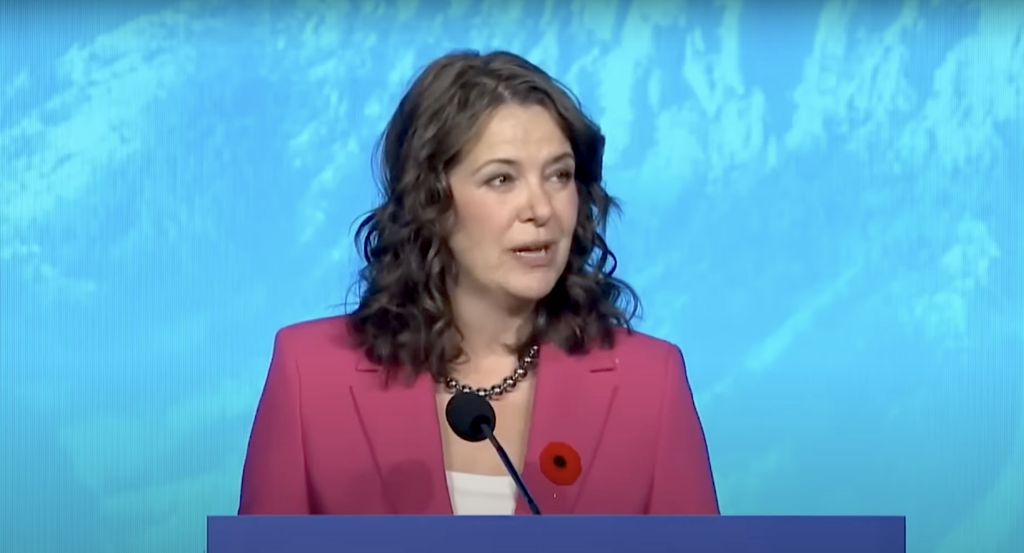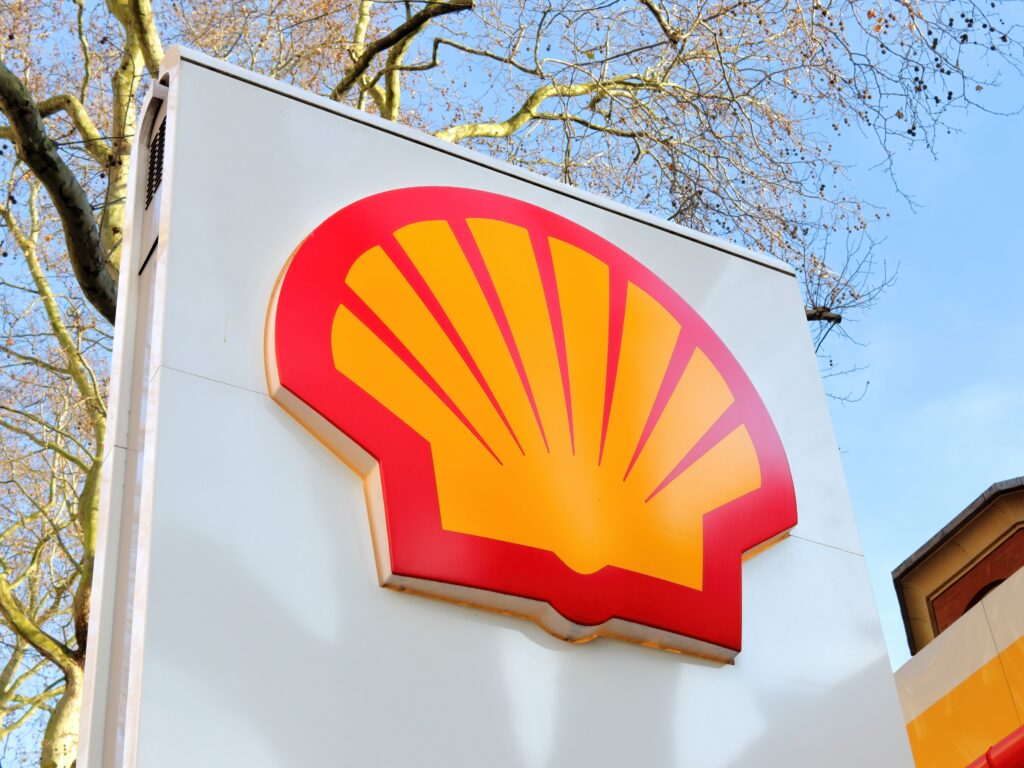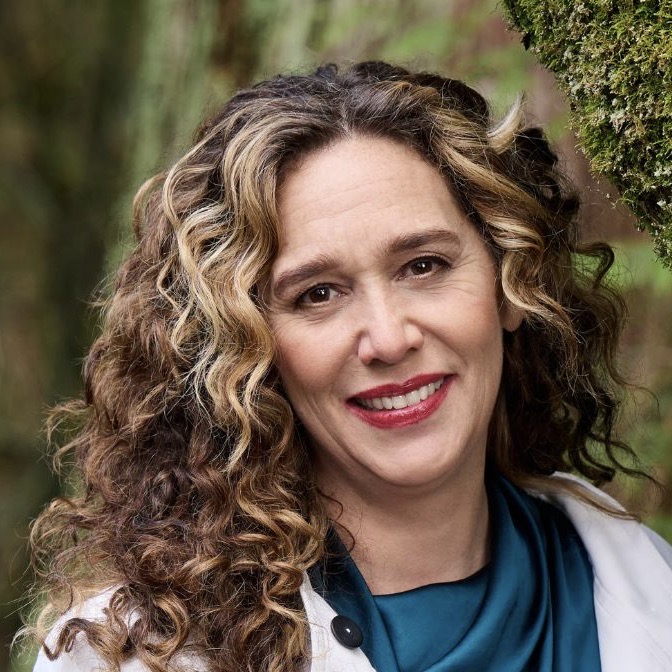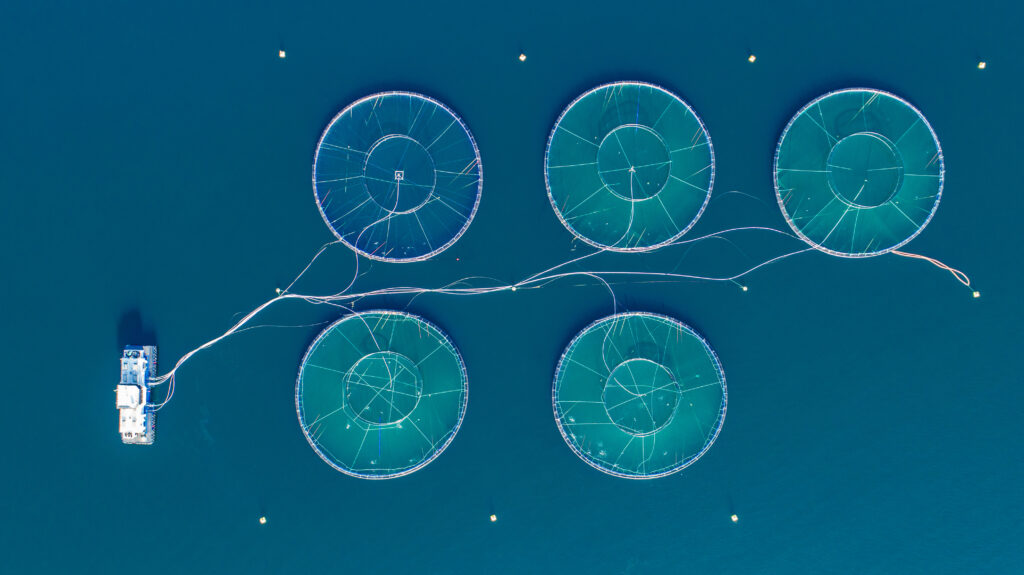I recently had the pleasure of interviewing Christine Shearer, author of “Kivalina: A Climate Change Story,” an important new book that probes some of the tangible consequences of climate change denial. Shearer chronicles the very real experience of the melting and eroding community of Kivalina, Alaska, a smalll but resilient village community that sued ExxonMobil and 23 other polluters for contributing to the global warming that is tearing down their homes.
**Answer the trivia questions at the bottom of this post for a chance to win a free copy of Kivalina.
Brendan DeMelle (BD): What inspired you to write this book?
Christine Shearer (CS): In 2007 I became part of a science project assessing the biggest human impacts to marine ecosystems, which required getting data from over 100 scientists. And the more I worked on it, the more it became clear to me that the data on climate change was really alarming, and that if we did not get a handle on this problem soon, it could be too late – we’d set into motions feedbacks that could not be reversed. Which made me wonder about the disconnect between what scientists knew about climate change, and what many in the U.S. were hearing about the subject – you know, that it’s not happening, or it’s not that bad, or it’s natural, etc.
At the same time I happened to be studying the disinformation campaigns of past industries in one of my graduate classes – like lead and asbestos, and also climate change. Academics and journalists have been documenting the tactics of industrial misinformation for decades now.
And so one night – it was 2008 – I was in my environmental law class, and the teacher read a news headline about this lawsuit, this tiny Alaska Native village suing fossil fuel companies for damaging their homeland and creating a false debate about climate change, and I just knew I had to write about it.
BD: What was the biggest surprise you discovered in researching Kivalina?
CS: That their situation was so much worse than I thought it would be. Like I said, my initial questions and interests had everything to do with the misinformation campaigns and the lawsuit. So I went to Kivalina thinking that would be my focus. And then I got there and realized the lawsuit was just one part of the story.
I knew Kivalina was eroding and its residents needed to be relocated, but I imagined it to be a slow, predictable process, and relocation far off. And I got there and stood on this tiny, tiny island, completely surrounded by water – one side the sea, the other a lake – with some homes already hanging a bit off the edge, while other homes had already been moved inland, and I heard about large storms that took away chunks of the island. And then I understood that the erosion is not slow and predictable at all – it usually comes suddenly, quickly, and severely, in ways that threaten peoples’ safety.
Kivalina is racked every fall by very large, intense storms, which the island used to be able to handle, because ice would keep the shoreline firm and act as a buffer. But that ice is forming later and later in the year because of increasing average temperatures, so when the storms come, Kivalina is a sitting duck, there is little protection. A rock revetment on the sea side was being built when I was there, but the people still need to be relocated, that is inevitable. And the revetment offers some protection, but some of the people say they still get nervous about storms, that the revetment won’t be enough. And they wonder if they will ever be relocated, because there is no relocation policy in the U.S., and they have been trying to relocate since 1992.
BD: What is the latest news about the lawsuit Kivalina v. ExxonMobil? Where do things currently stand?
CS: The village’s claim of public nuisance, or unreasonable harm, was dismissed as a “political question” for the executive and legislative branches, and unsuitable for the judicial branch, which is how three prior climate change public nuisance claims had been dismissed. The judge also denied Kivalina legal standing to bring the lawsuit, saying that the greenhouse gases that contributed to the harm of the people of Kivalina was not “fairly traceable” to emissions of the defendant fossil fuel companies, which the judge said was required by the claim. This meant that the secondary claims of conspiracy and concert of action, which had to do with the misinformation campaigns on climate change, were thrown out without being commented on.
The decision is being appealed, and Kivalina is waiting on that decision. In another federal public nuisance climate change claim Connecticut v. AEP, the Supreme Court ruled that states could not bring federal public nuisance suits for an injunction – a reduction in greenhouse gas emissions – against large emitters because the Environmental Protection Agency has the authority to regulate greenhouse gases, even though the EPA has yet to regulate.
But Kivalina is different because here we have an identifiable, discrete harm, specific to the people of Kivalina, and a request for damages – the relocation costs – rather than an injunction. So Kivalina’s lawyers argue that the claim fits the requirements of public nuisance, so we’ll see.
It might be like tobacco, where you have several lawsuits, but they only become successful after more and more documented evidence of deliberate corporate misinformation begins to emerge. Part of the reason we know so much about the tobacco industry was that their internal documents were released through the discovery process of litigation – no climate change claim has reached that stage yet.
BD: You focus a lot of blame for government inaction on climate change on what David Michaels coined the “Product Defense Industry” (PDI), which helps large industries to stave off regulations and avoid true accountability to the public. If you had to pick 2-3 specific players, which individuals, companies or groups would you identify as the key actors most responsible for the success of this PDI network?
CS: Well, first I want to say that when I interviewed Michaels he was very reluctant to really tie the PDI to climate change, because his analysis of the PDI was based on his own experience and research, which was more focused on worker and consumer safety regulations.
But in my own research on climate change, I found his discussion of the PDI very applicable, because what you have is a dense connection of organizations, law firms, paid experts, and astroturf groups that represent corporate interests in fighting off regulations, lawsuits, and negative publicity.
So in terms of what makes the PDI in general most effective, I would say the tobacco industry. When I interviewed Michaels and asked him what separated tobacco from other industries that tried to mislead people, he said it was tobacco that turned misinformation into an art. And I would agree.
Before tobacco, you had manufacturers of things like asbestos and lead that would try to suppress scientific research that suggested their products were harmful, and either deny or downplay diseases like asbestosis or lead poisoning or try to blame it on other environmental or health factors, or even blame workers or children for getting sick.
But it was the tobacco industry that really seemed to perfect the tactic of creating doubt to try and discredit an entire body of scientific research. And it came out of litigation – the tactic was designed by their lawyers. They knew if they created doubt in jurors’ heads about research connecting smoking to disease, they won, even if there was overwhelming evidence proving smoking is harmful, which there was.
And it was also effective as far as PR in shaping public opinion – you just give people that seed of doubt to sustain their skepticism. And they slowly and steadily built up all sorts of firms and organizations to spread this message of doubt, even on other issues, to give these organizations the appearance of being unconnected to tobacco.
Another big player was the PR firm Hill & Knowlton. It was started by a man named John Hill who was really appalled by the growth of government during the New Deal of the 1930s, and very much saw the firm’s role as representing corporate interests, even if it meant doing things like shopping around for scientists to question peer-reviewed scientific research.
And that kind of work was picked up and continued by other organizations like APCO Worldwide, created by the law firm Arnold & Porter when it was defending tobacco companies – and now one of the firms representing fossil fuel companies in the Kivalina lawsuit. APCO really helped popularize the terms “junk” and “sound” science, and what that did was create a concept that allowed industries and their supporters to question scientific research without necessarily appearing to be anti-science, because they can say it’s “junk” science. So research suggesting something is harmful? Junk science. Research suggesting it’s not so bad? That’s sound science.
And the third player I would say are the politicians who support this, because they are the enablers in turning certain corporate interests into established government policy. And I think the absolute worst was the Bush-Cheney Administration, which turned to fossil fuel industries and supporting firms to dictate U.S. climate change policy – or lack of policy – and even suppress or rewrite government reports on climate change science with think tank “research” funded by companies like ExxonMobil.
BD: You discuss the “discourse of doubt” created by the fossil fuel industry and its allies surrounding the science of human-driven climate change. What do we have to do as a society to get beyond that confusion campaign and move towards action?
CS: That is the question.
I agree with the idea that there is no silver bullet to this issue, it will be a silver buckshot, a culmination of various efforts. So I wont lay out an exhaustive list of what people could do and are doing, which I think is all necessary and important, but just kind of sum up the main issue.
I don’t think the answer is arguing with diehard climate change “skeptics” over the science – that is a recipe for a long waste of time with no successful outcome. But you might be able to find common ground with some of them on things like energy efficiency being a smart investment. And we need to differentiate them from the people who are more on the fence about the science and still trying to sort through all the info, since there is so much misleading info out there. The more people we reach, the more we multiply our efforts.
But there is denial of the science, then there is denial of the implications – that we need to transform how we live. I agree with activists like Bill McKibben and scientists like James Hansen. A problem as severe as climate change requires a mass social movement. Because what we are dealing with is a small group of people that want to treat climate change like it’s just bad PR, to prevent social change. That is incredibly dangerous and totally unacceptable.
So we all need to do what we can, and then push ourselves to do more, and link up with people on our efforts. And we need to find common ground – climate change is not some yuppie environmental movement, it’s a social justice issue, it’s an economic issue, it’s a political issue, so there is a lot of overlap for broadly shared goals. And we need to be as vigilant, as demanding, and as unrelenting as the pro-corporate movement has been. And I know the challenges are enormous, but they will be good for us, our community well-being, and our democracy, so it’s worth it.
–
The trivia challenge is now over, congratulations to the five winners! -Brendan
**For a chance to receive a free copy of Kivalina: A Climate Change Story, please email Editor [at] DeSmogBlog [.] com, with the correct answers to the following three trivia questions about Christine Shearer. The first five people to correctly answer all three questions will win a free copy of “Kivalina: A Climate Change Story.”
1) Christine co-wrote an article about grassroots resistance against a proposed coal mine in what country?
2) Christine wrote an article with climate scientist Richard Rood. What was it about?
3) Christine works for the organization CoalSwarm. What is CoalSwarm’s mission?
—–
Kivalina is available on Amazon.com and other top booksellers, and don’t forget to seek it out or request it at a local independent bookstore near you.
Subscribe to our newsletter
Stay up to date with DeSmog news and alerts







